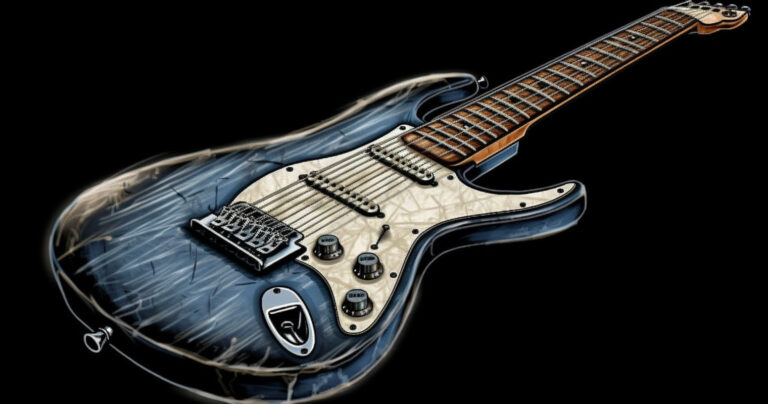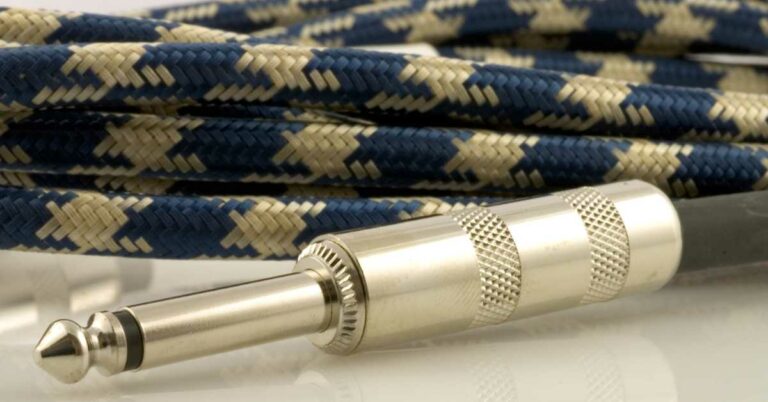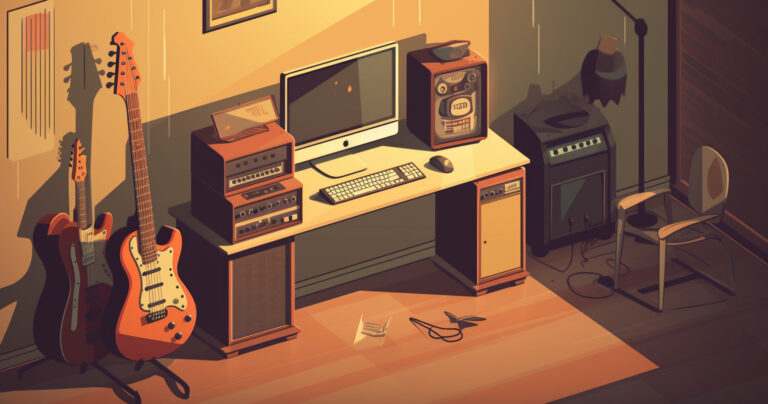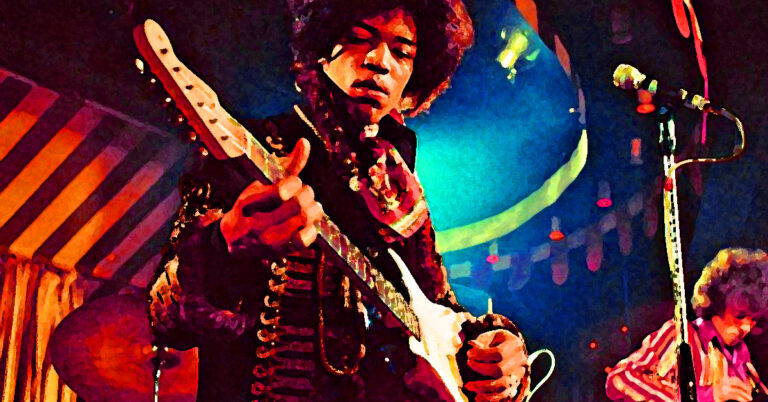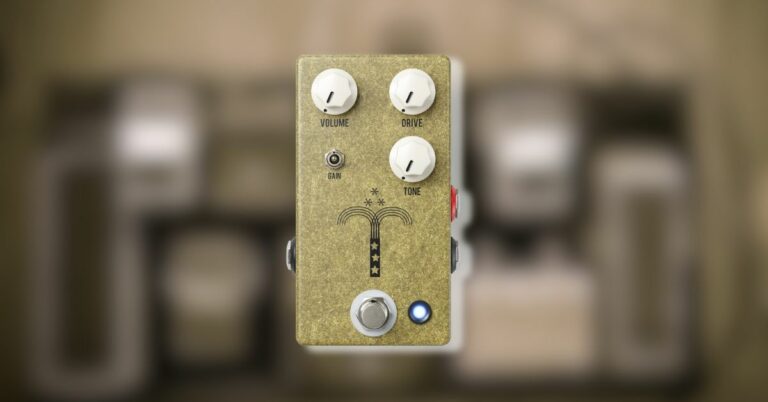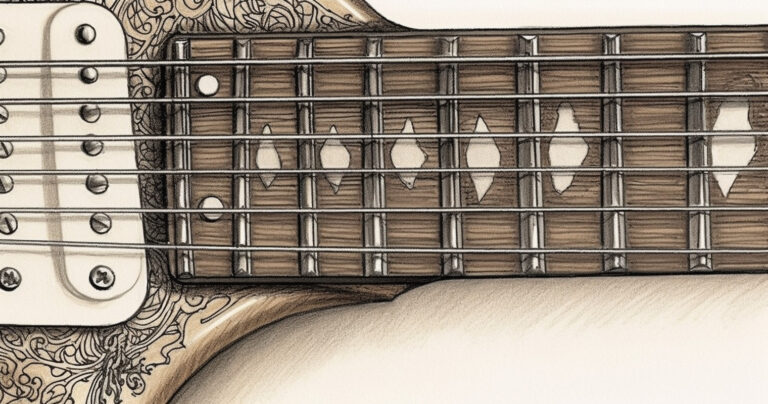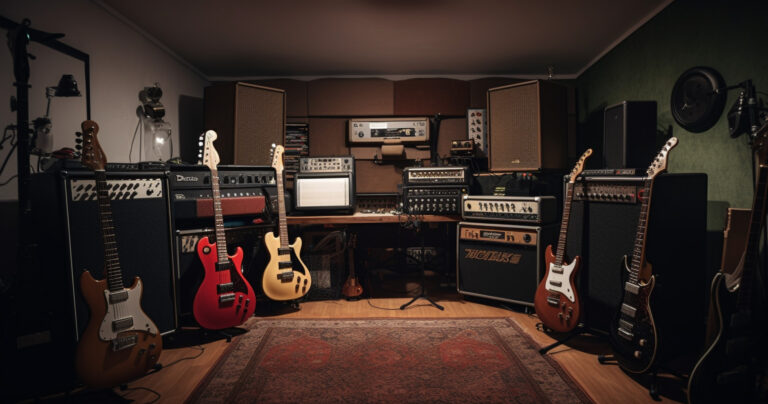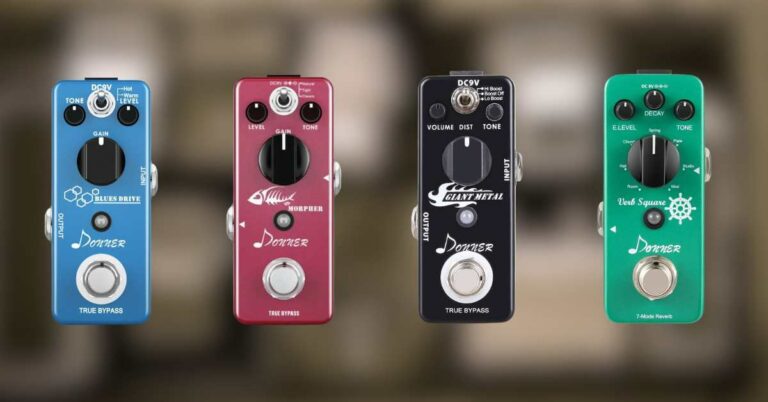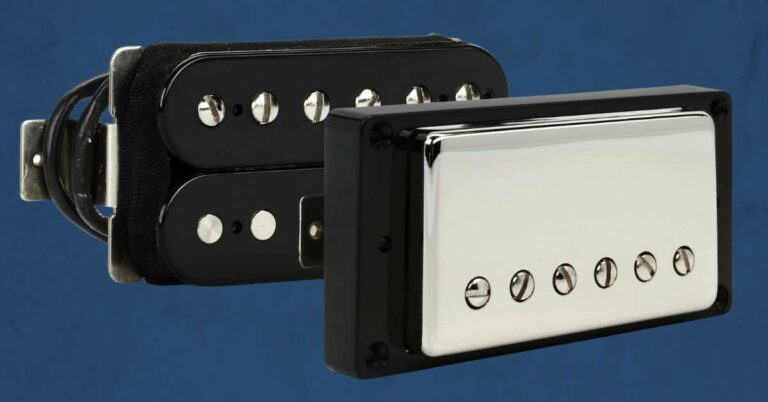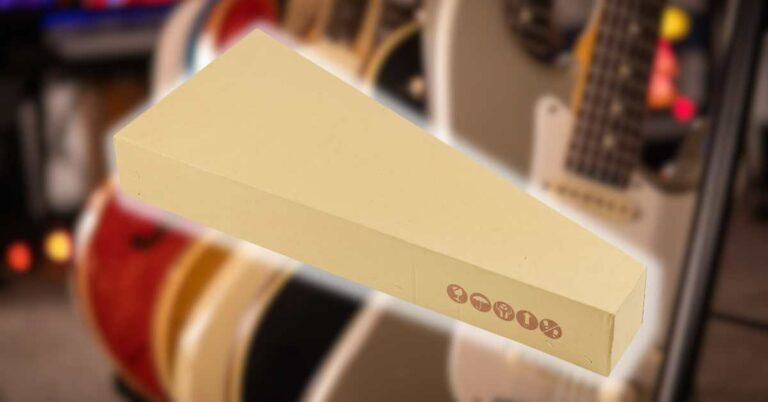Introduction: Why We Stack Guitar Pedals
The reason behind stacking guitar pedals is to create unique sounds that cannot be achieved with a single effect. By combining multiple effects pedals, guitar players can experiment with different combinations and create their unique sound. Stacking guitar pedals also allows players to control the level of each effect and the overall signal chain’s sound.
The concept of stacking pedals is interesting since changing the order can produce a vastly different sound. Sometimes, its not good. Sometimes, its so bad you run to the wall to uplug the power. But sometimes, you get a cool tone, you didn’t even think possible.
Choosing the Right Pedals for Your Sound
The world of guitar pedals is vast and ever-expanding. From distortion to delay, reverb to wah, there are countless options to choose from when it comes to enhancing your guitar tone. But with so many choices, it can be overwhelming to know where to start.To begin with, it’s important to understand the different types of pedals and what they do. Overdrive and distortion pedals add grit and crunch to your sound, while delay and reverb pedals create space and depth. Modulation pedals like chorus, phaser, and flanger add movement and texture, and wah pedals offer a unique way to shape your sound. Once you have a basic understanding of the different types of pedals, it’s time to start experimenting.
Start by trying out a few pedals that interest you and see how they affect your sound. Don’t be afraid to mix and match different pedals to create your own unique tone.It’s also important to consider the quality of the pedals you’re using. Cheap, poorly made pedals can have a negative impact on your sound and may not last very long. Investing in high-quality pedals from reputable brands will ensure that you get the best possible sound and performance. But… with that said, there are clones of well known pedals that are inexpensive (not cheaply made), that you can try out to see if its worth buying the premium brand pedal.
Arranging Your Pedalboard for Maximum Efficiency
Properly arranging your pedals can help you achieve your desired sound, and reduce noise in your signal chain. One of the most important considerations when arranging your pedalboard is the order in which you place your pedals. The order can have a significant impact on the way your pedals interact with each other and affect your overall tone. Generally, it is recommended to place pedals that affect your guitar’s tone closer to the guitar, and those that affect the overall sound further away.
For example, your tuner pedal should be the first pedal in your signal chain, followed by any pedals that affect your guitar’s signal directly, such as overdrive or distortion pedals. Next, you may want to consider modulation pedals, such as chorus, flanger, or phaser pedals. These pedals can add depth and texture to your sound, and are often placed after distortion pedals to avoid muddying the overall sound.
Finally, you may want to consider time-based effects, such as delay or reverb pedals, which can add atmosphere and space to your sound. These pedals are often placed at the end of your signal chain, as they affect the overall sound of your guitar and can be used to create a sense of depth and space in your playing.
Secret Weapon #1: Using pedals in the send and return loop of your guitar amp
Not every amp has a send and return loop, but if your amp has a send/return, you can put certain pedals in that loop that won’t color your tone.
This technique allows you to add effects to your sound without altering the original tone of your guitar. By sending your guitar signal to the pedals through the send loop, you can apply effects such as delay, reverb, or modulation to your sound. The return loop then sends the affected signal back into the amp, maintaining the original tone of your guitar while adding the desired effects.
This technique also allows you to control the level of the effects in your sound, as you can adjust the amount of signal that is sent to the pedals through the amp’s send level control. Overall, using pedals in the send and return loop of your guitar amp is a great way to experiment with different effects and enhance your guitar playing experience.
Experimenting with Different Combinations of Guitar Pedals
Experimenting with different combinations of guitar pedals can lead to the discovery of unique sounds and textures. Try different combinations and adjust the level of each pedal to find the right balance. Adding or removing pedals can also change the overall sound, so it is important to experiment and find the best combination.
Secret Weapon #2: Using an EQ Pedal to Shape Your Tone
An EQ pedal, also known as an equalizer pedal, is a powerful tool that allows guitarists and bassists to shape their tone and create a unique sound. This type of pedal is designed to adjust the frequency response of an instrument in order to enhance or reduce certain tonal elements.
By using an EQ pedal, musicians can boost or cut specific frequencies in their signal chain. For example, boosting the midrange frequencies can make a guitar sound more present and cutting the high frequencies can reduce unwanted hiss or noise. On the other hand, boosting the bass frequencies can add more warmth and richness to a bass guitar.
Experimenting with different EQ settings can really change your tone, especially if you have a large chain of pedals. An EQ pedal can help you achieve the desired sound for a specific type of music. For example, a metal guitarist may want to boost the midrange and high frequencies for a more aggressive tone as the higher and mid ranges tend to help distortion sound saturated. A jazz bassist may want to cut the high frequencies and boost the low frequencies for a more smooth and mellow sound.
EQ pedals can also be used creatively to achieve unique and unconventional sounds. For example, cutting all frequencies except for a narrow band around 1kHz can create a telephone-like effect, and boosting the upper midrange frequencies can create a nasally and honky sound.
Incorporating Delay and Reverb for Depth
Delay and reverb are two essential effects that can add depth and space to your sound. Delay creates an echo effect, while reverb creates a sense of space. It is recommended to experiment with different delay and reverb settings to find the right balance for your sound. Often I feel like less is more when it comes to delay and reverb.
Adding Modulation Effects for Texture and Movement Modulation
Effects such as chorus, phaser, and flanger can add texture and movement to your sound. These effects can create a unique sound that can make your guitar stand out.
Modulation pedals can really make your guitar sound otherworldly. You just have to try a lot of different pedals. When I’m considering mod pedals, I tend to go a guitar store, grab 4-5 pedals and lock myself in one of those rooms so I can see if any of them can create the sound I’m after.
Tips for Maintaining Clarity in a Complex Signal Chain
Maintaining clarity in a complex signal chain can be challenging. It is important to use the right cables and power supply to reduce noise and signal loss. One of the biggest issues that causes noise is the power supply. It is important to use a power supply that is specifically designed for guitar pedals. These supplies have separate plugs for each pedal instead of a single plug with split cables.
Additionally, using high-quality cables can help to reduce noise and signal loss by minimizing interference and ensuring that the signal is transmitted accurately. Overall, maintaining clarity in a complex signal chain requires careful attention to detail and a focus on using the right equipment and techniques to minimize noise and signal loss.
Finding Your Unique Sound Through Stacking Guitar Pedals
Stacking guitar pedals is an essential technique for creating a unique sound. Since its almost impossible to recreate someone else’s signal chain, nothing beats experimentation and changing the order of your chain.

